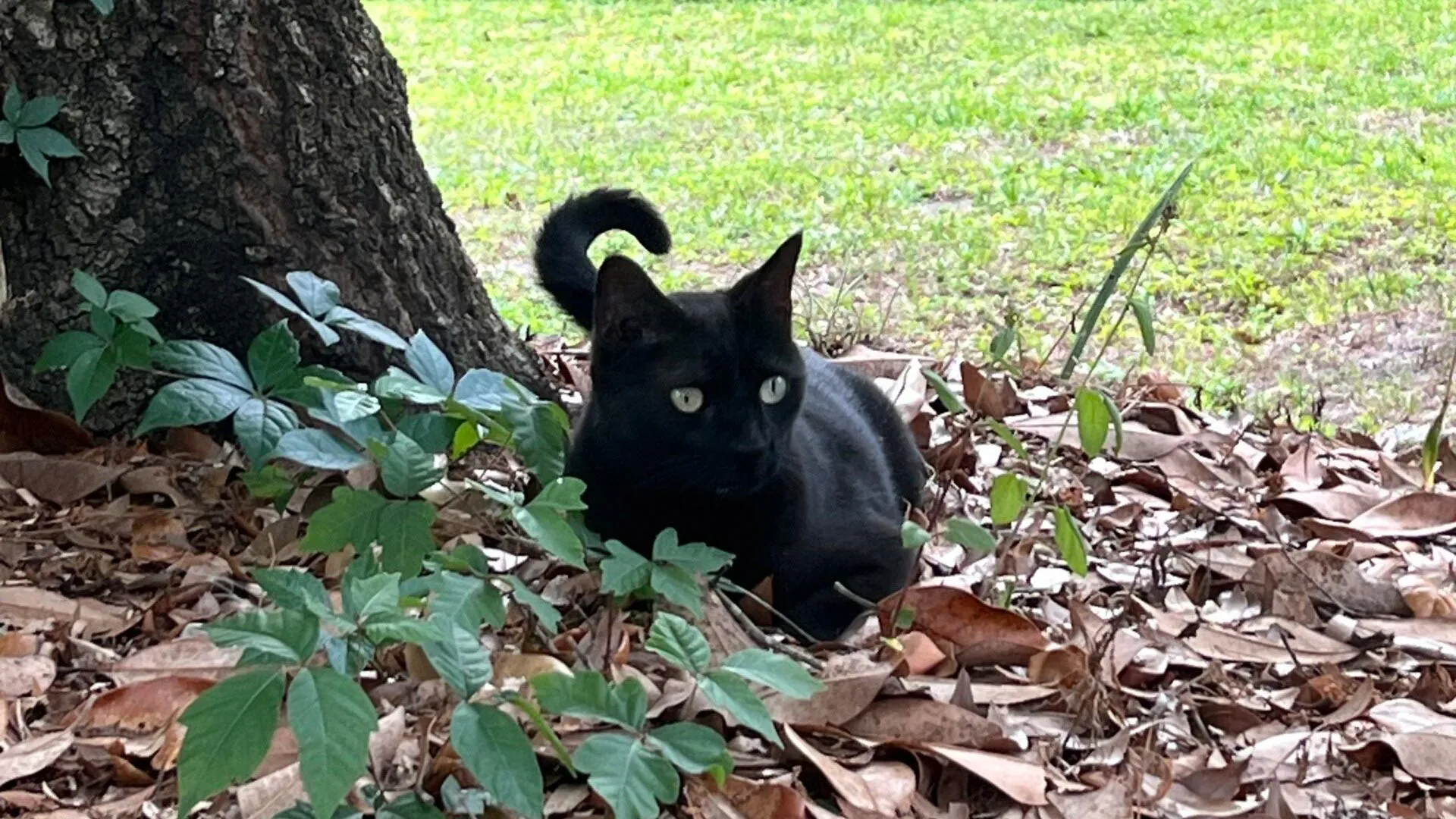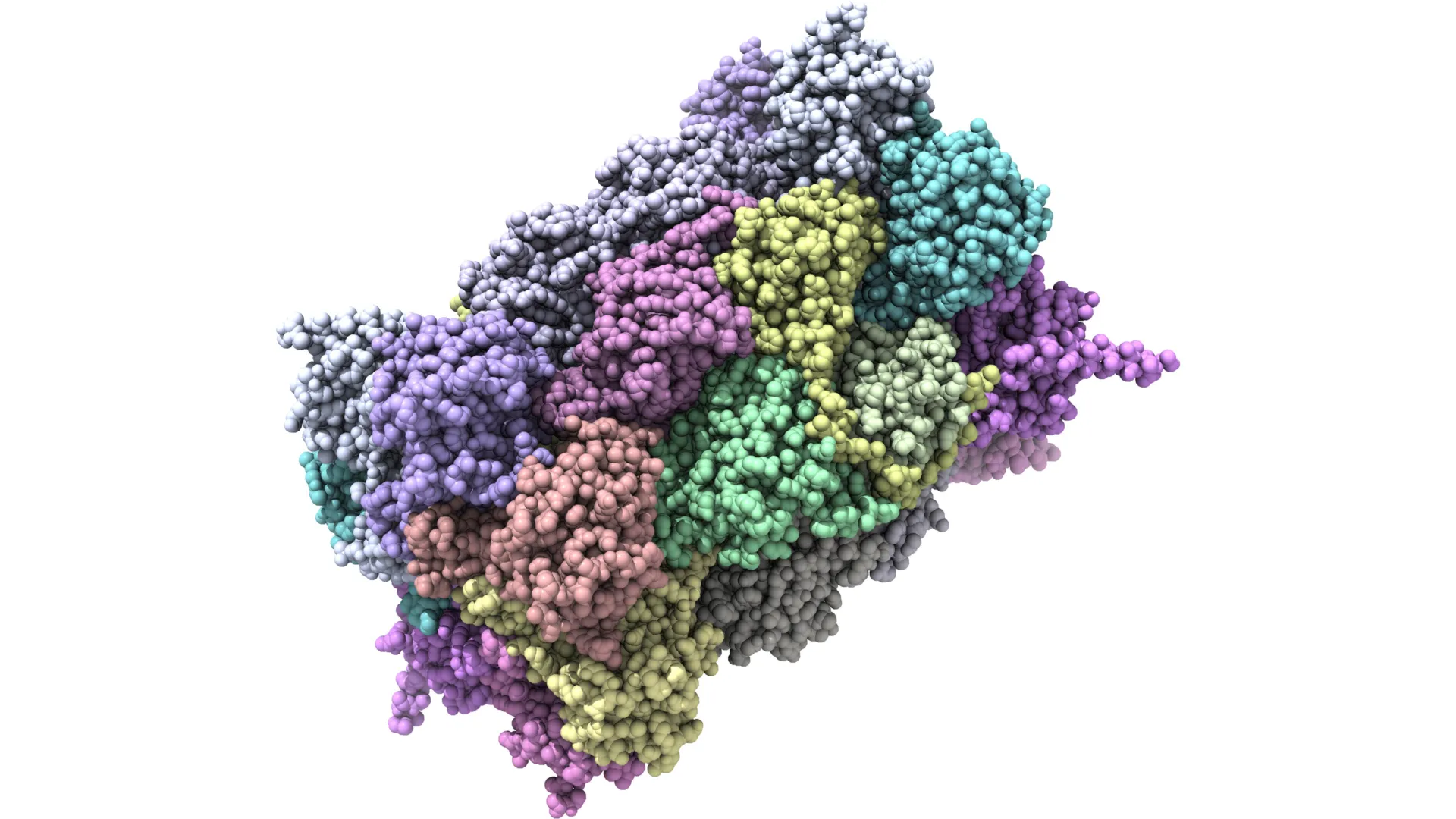Now Reading: Florida Cat Detects New Virus, Capturing Scientists’ Attention
-
01
Florida Cat Detects New Virus, Capturing Scientists’ Attention
Florida Cat Detects New Virus, Capturing Scientists’ Attention

Fast Summary
- Pepper, a pet cat belonging to virologist Dr. John Lednicky at the University of Florida, contributed to scientific discovery by catching an everglades short-tailed shrew.
- Testing of the dead shrew revealed a novel strain of orthoreovirus named “Gainesville shrew mammalian orthoreovirus type 3 strain UF-1.”
- Orthoreoviruses are known to infect mammals, including humans and wildlife, and have been associated with rare cases of encephalitis, meningitis, gastrointestinal disease in children.
- Previous research from Lednicky’s team identified new viruses in farmed white-tailed deer and explored genetic similarities between geographically distant viruses.
- The full genomic coding sequences for this newly discovered virus have been published in Microbiology Resource Announcements journal.
- Researchers called for further studies on serology and immunology to understand transmission risks or health effects of these viruses on humans, animals, and pets.
- Pepper remains healthy despite his outdoor hunting activities.
Indian Opinion Analysis
The discovery underscores the importance of advancing viral research amidst growing concerns over global zoonotic diseases.By identifying orthoreoviruses-some possibly linked with illnesses-the study points out gaps in current knowledge surrounding their prevalence or modes of transmission across species. Such findings reconfirm that ongoing surveillance efforts are critical to understanding emerging pathogens before they pose serious public health threats.
This scientific achievement mirrors broader challenges faced internationally but holds implications for India too.As a country with rich biodiversity often interfacing wildlife with human populations-agriculture or urban encroachments-it raises questions about how prepared local institutions might be for systematic searches into unknown pathogens. Insights from these studies could inspire collaborative frameworks in India between veterinary sciences and human medicine to tackle cross-species viral risks leveraging advanced detection techniques as showcased here.

























